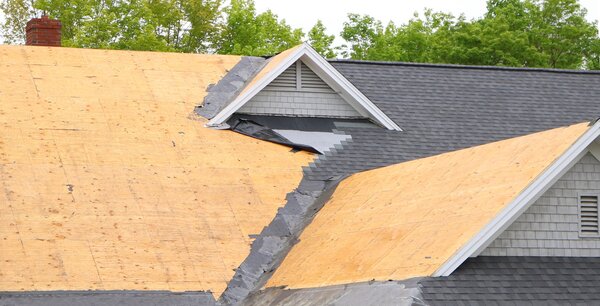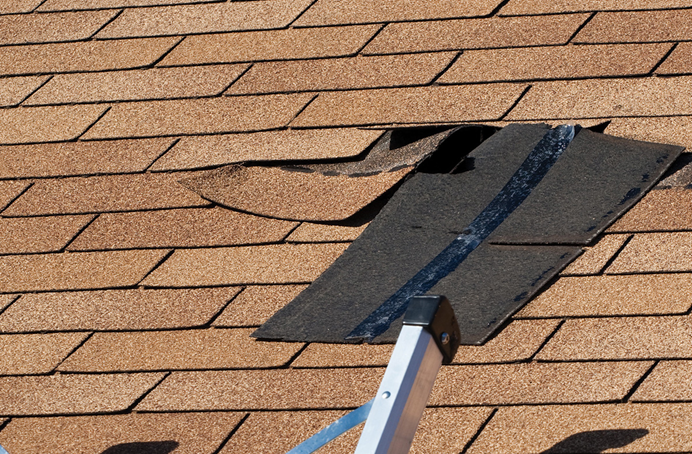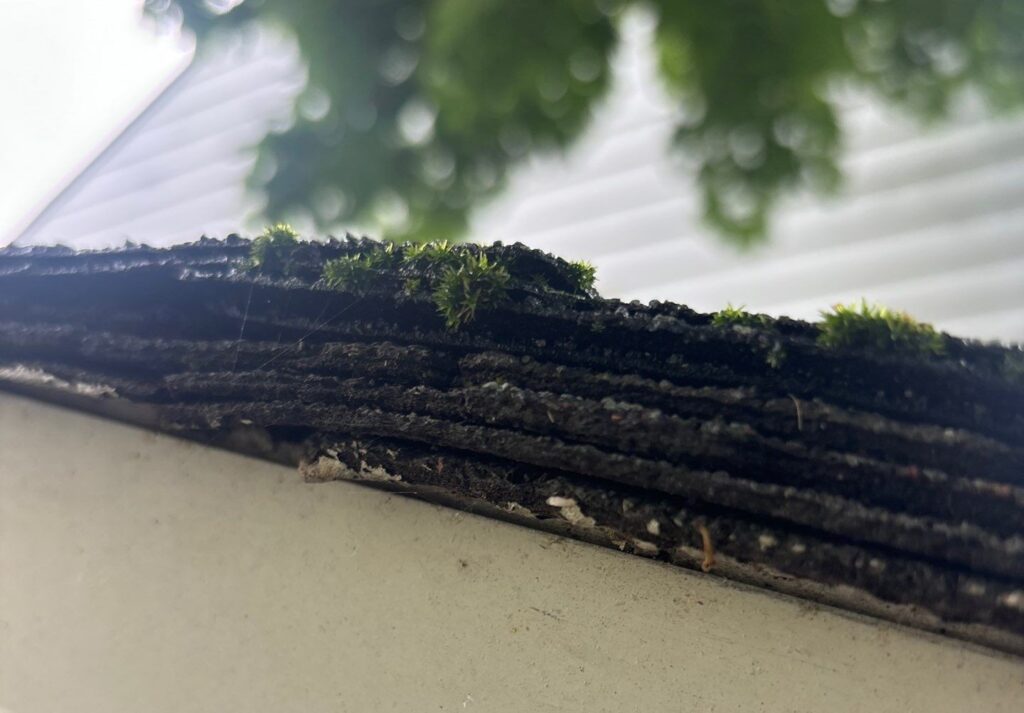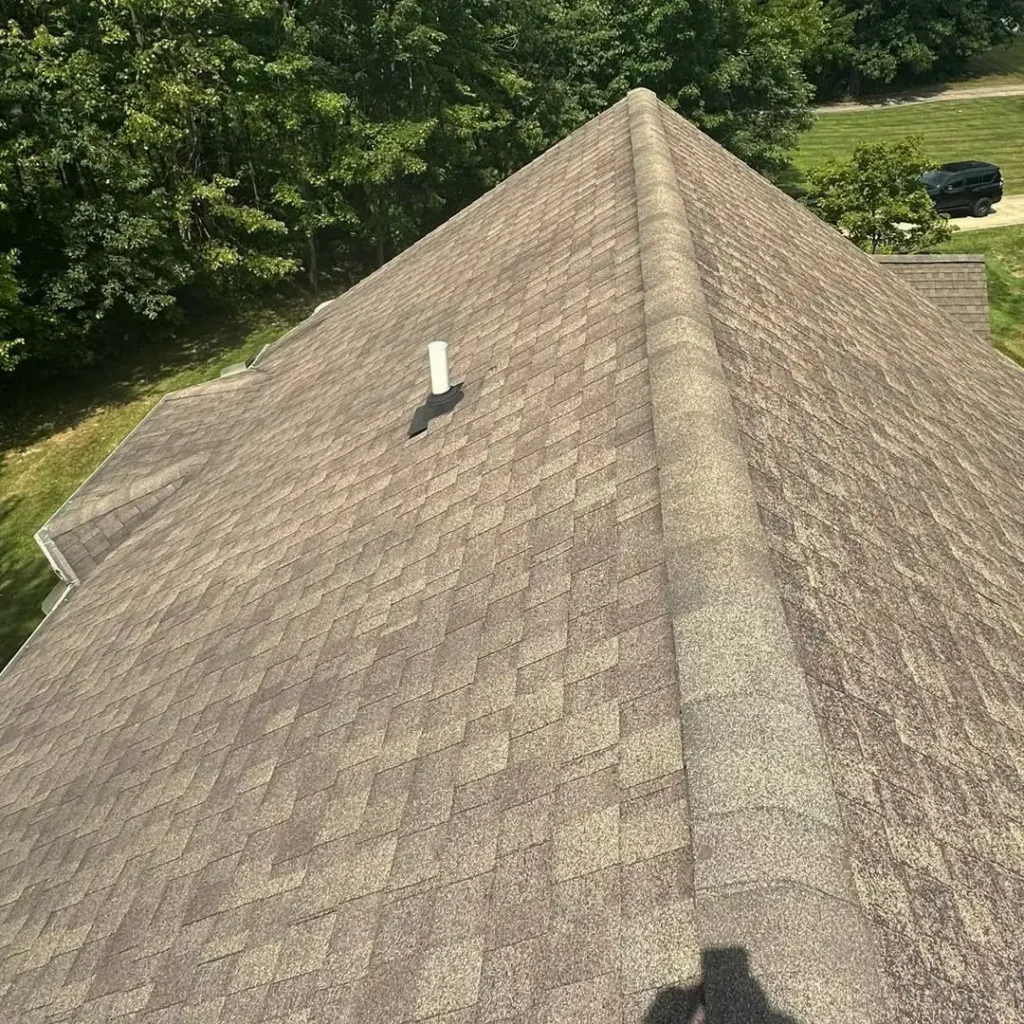Roofs come in many shapes, sizes, colors and materials. As a result, the time it takes to replace a residential roof varies from house to house. Some factors that may contribute to the longevity of the insulation include:
- The size of the roof.
- The types of materials used (shingles, underlays, etc.).
- The complexity of the roof design.
- The weather conditions.
Size of roof and materials
The roof size is important because smaller roofs may take less time to install than larger, time-consuming projects. Different materials require more unique techniques of installation, thereby resulting in a longer installation period. For example, asphalt shingles are quick and easy to install but may need to be replaced sooner than a metal roof. And while this can take more time, it can also help your roof to last longer.

Complexity of roof design
The complexity of the roof design plays a huge factor in the installation process due to the difficulty that may come with the steepness of the house. However, it is important to keep in mind that with a steeper roof design and more visible shingles, the installation process becomes increasingly more difficult. For example, a Gambrel or Mansard-style roof may take longer to install than a Shed or Gable-style roof.
Effect of weather conditions
Past and present weather conditions may affect the type of materials used for the installation process. Areas, such as Northeast Ohio, are prone to hail, tornados, powerful thunderstorms and more. If a roof has lots of damage that needs to be addressed and repaired, the process of installing underlays and shingles may take longer than an average installation. If dangerous weather conditions arise during the process of repairing a roof, the installation may need to be postponed until more acceptable weather arises. Wet and windy conditions can easily damage the materials used in roofing, resulting in an increase of time needed to repair the roof.
Timeline of repairs
The time it takes to replace and repair a roof varies because of the mass amount of factors that arise during the installation process. While a small roof may take a few days to repair, larger projects can take several days or weeks to complete.
However, the main reason for delays in the repair timeline is weather conditions due to the impact that rain, wind and other elements can have on roofing materials.
Accurate estimate
Receiving an estimate allows homeowners to become more informed on the timeline of repairs. This step is essential to discuss the project plan with a credible roofing contractor in your area. By talking with a contractor, you will learn more about the company’s level of experience, how they assess the condition of the roof and the materials involved in the repairing process.
In conclusion, there are many factors involved in the timeline of repairing a roof. The size of the roof, materials used in the process, complexity or the roof design and weather conditions play a huge role in the decision process when looking for repairs that influence durability and longevity.








